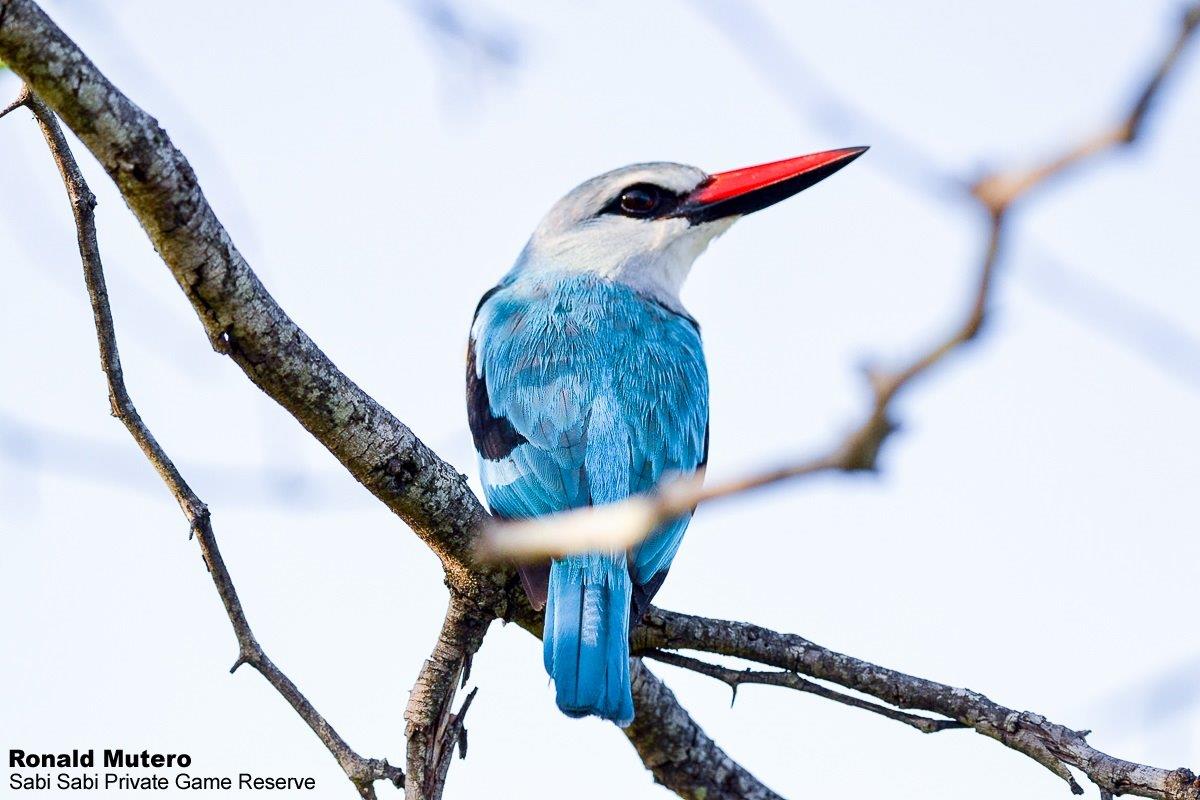My Favourite Summer Birds
on Nov 16, 2021It is not only the high temperatures in the Lowveld that signify the approach of summer but also the sounds of certain birds. Some birds are residents and are found throughout the year but the sounds of some birds that only visit us in summer will always make you stop to have a second listen and then you realise summer has almost arrived.
Birds do migrate from one area, either from one place to another within the African continent or will migrate from one continent to another and it is one of nature’s greatest wonders. These reasons include but are not limited to, finding the right area to breed and raise their young, to move from areas that have decreasing resources to areas with higher amounts of resources, and the cold temperatures may also be another factor causing birds to move to a more suitable climate.
There are different migratory patterns, I will be highlighting two of the main ones, Intra-African migrants, and Palearctic migrants. Intra-African migration refers to birds that migrate to different areas within the African continent whereas the Palearctic migration refers to birds that migrate longer distances from and to the African continent into areas such as Europe and Southern Asia to name a few.
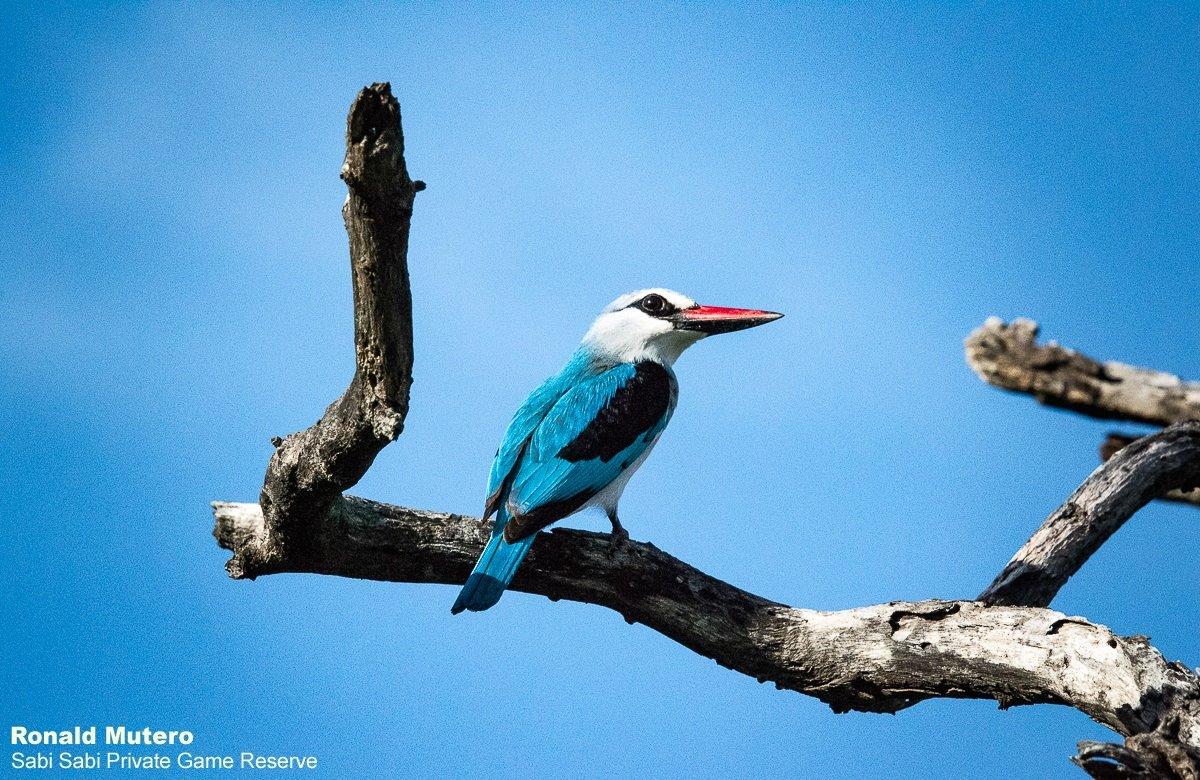
As we are approaching the beginning of summer, we start to see more of these migratory birds returning to South Africa and we are already hearing and seeing some of the early arrivals. Among these migratory birds, these are some that always catch my attention and I have listed certain prominent species below.
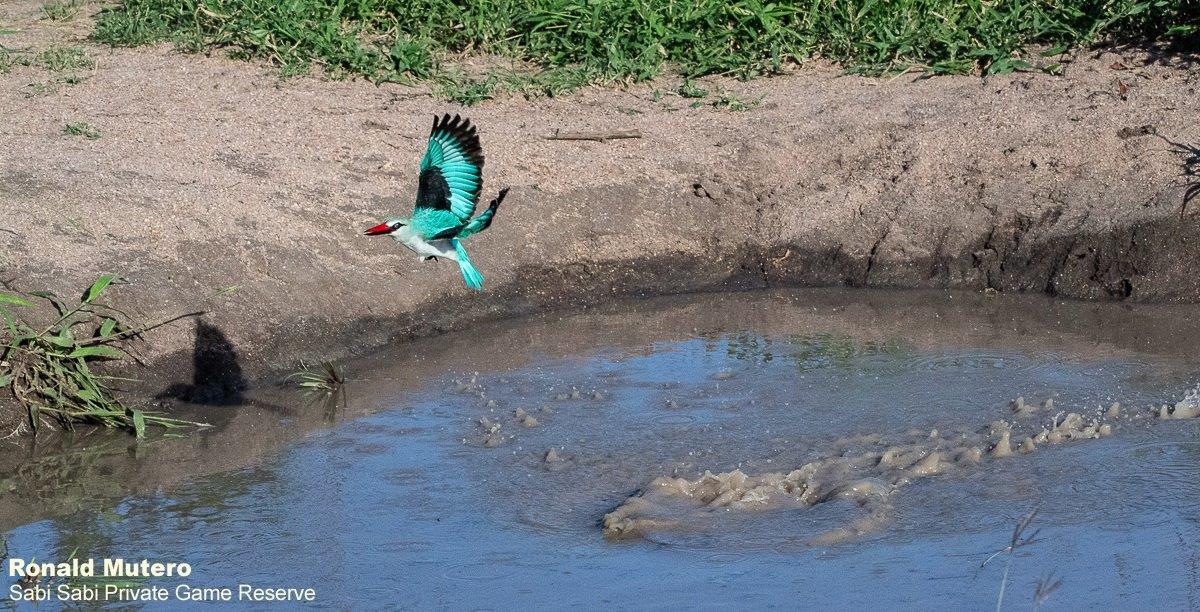
The Woodland Kingfisher is one of my favourite birds. Their loud and piercing “chip – chrerrrrr” call is the most beautiful to listen to and one to look out for at this time of the year. They have a non-mistakable black lower mandible, black legs and much of their feather colouring is referred to as “azure” a colour somewhere in between cyan and blue, and when flying in the sunlight its colours shine brightly catching your eye immediately. One of the most interesting things about these birds is that they migrate at night most likely trying to avoid being seen by predatory birds in the area.
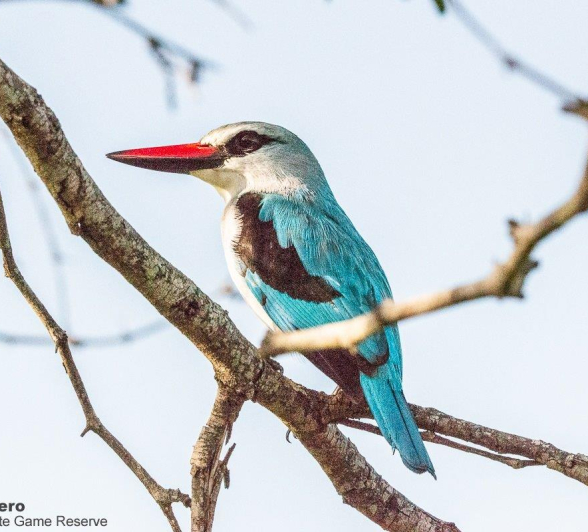
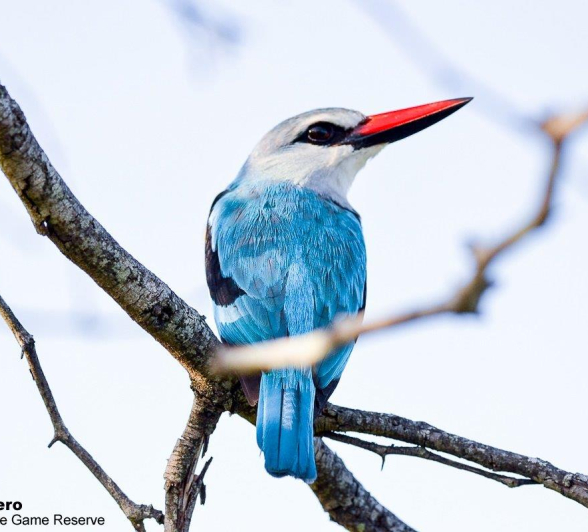
The European Roller is the only species of the Roller’s seen in Southern Africa that breeds in Europe before it takes on the long-distance migration to Africa. They may not be as colourful as the other members of their family, but it is fascinating that they have the ability to fly and navigate their course through many kilometres from sub–Saharan Africa to Europe and vice versa this is why I love this bird.
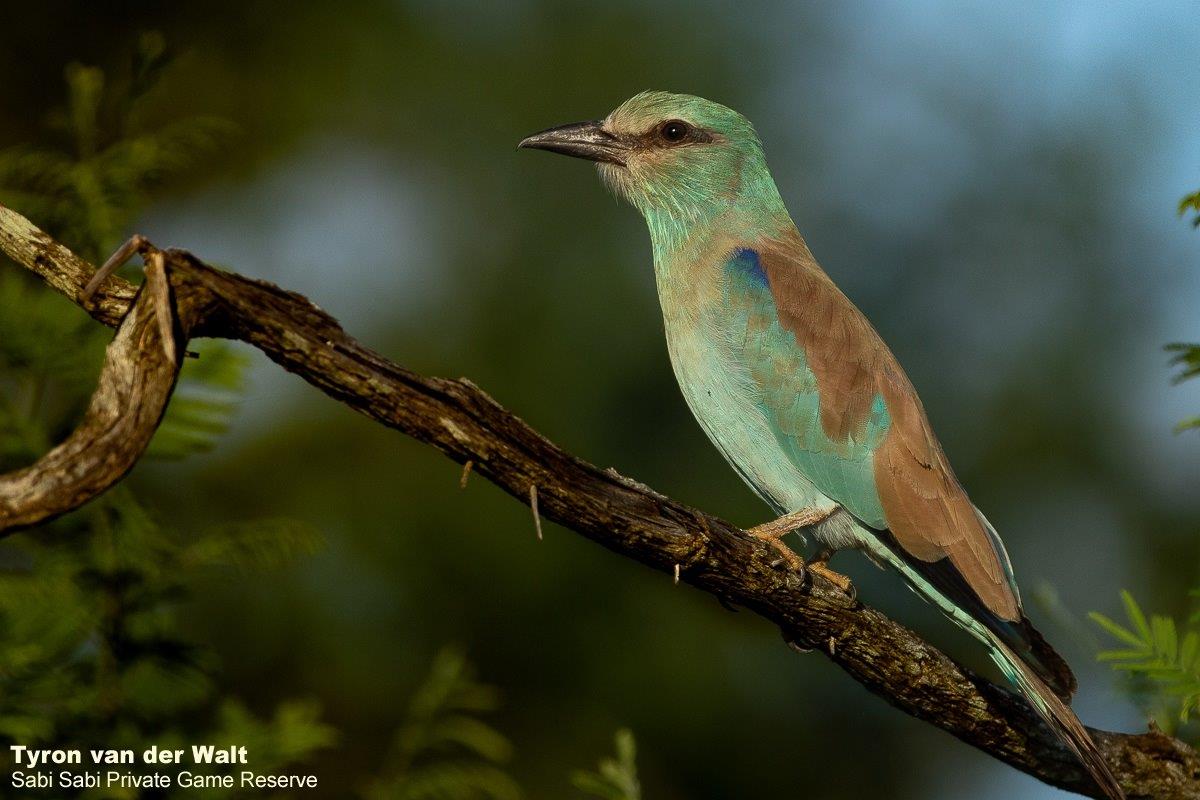
Next on my list is the Diederik’s Cuckoo: they are an Intra-African breeding migrant, arriving around September to October and then leaving around February. They are usually quite hard to see, but their call is very distinctive. The main reason why this bird is so interesting is because it is known to be a brood parasite, which means that they do not raise their own young but rather lay their eggs in the nest of other bird species, such as the Southern Masked Weaver, leaving that particular bird to raise its chicks for them. This is an incredible, yet strange, reproductive strategy where the Diederik Cuckoo itself does not have to spend its energy raising or finding food for its young, making for quite an unusual sight to see one bird species feeding the chicks of another.
The European Bee-eater is another migrant, a Palearctic migrant that breeds in the Southern parts of Europe and North Africa to parts in Southwest Asia. These birds migrate in flocks, and their call is also unmistakable.
They are one of my favourites because of the way they catch their prey. As the name suggests they specialise in eating bees. These birds have long curved beaks that are sharp and perfect for keeping prey in their grip after catching them in flight and then perch on a branch, and in the case of them catching a stinging bee or wasp they rub or sometimes hit the insect to dislodge the stinger against the perch it sits on making it safer to consume.
The Southern Carmine Bee-eater is another extremely colourful bird, and much like European Bee-eater they catch insects in mid-air returning to the same perch to ingest however, unlike the European Bee-eater they are an Intra-African migrant. Some cases have been recorded where they use the back of other larger animals as a waiting room for food, and as these large animals disturb insects that lay in the grass, they fly up to catch them, a mobile buffet if you will.
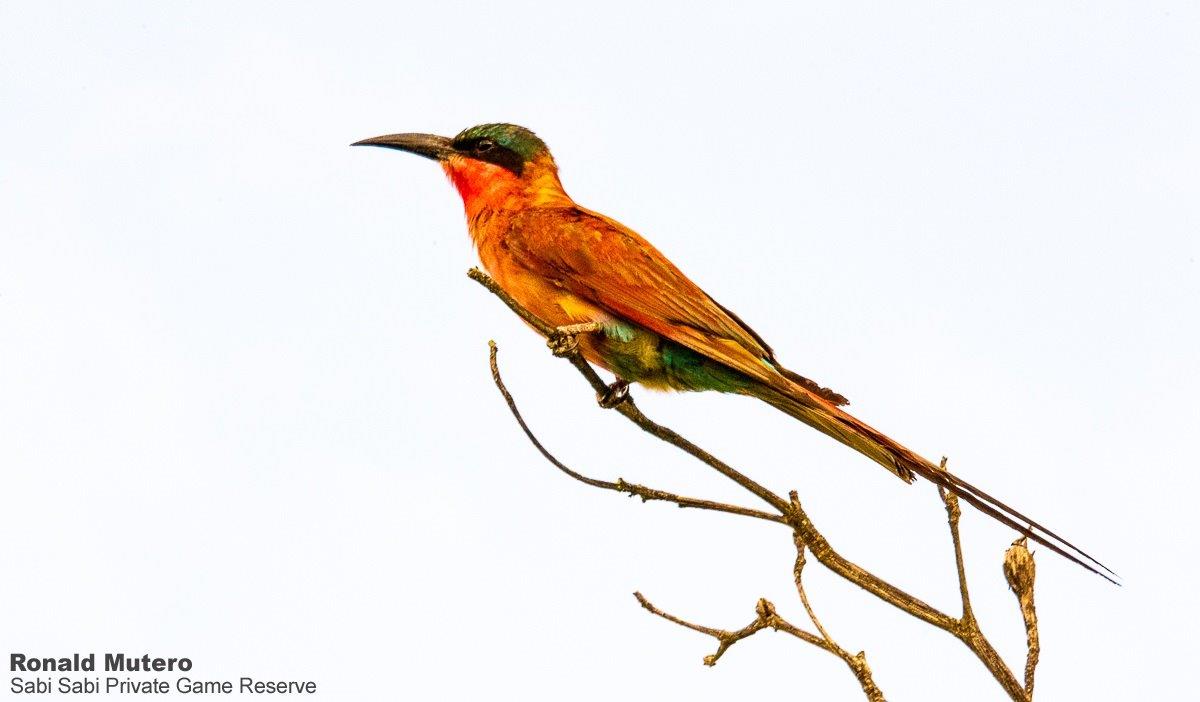
Look out for all these colourful birds as our rainy season approaches, and not only the ones listed here as there are many more that visit us here at Sabi Sabi!
